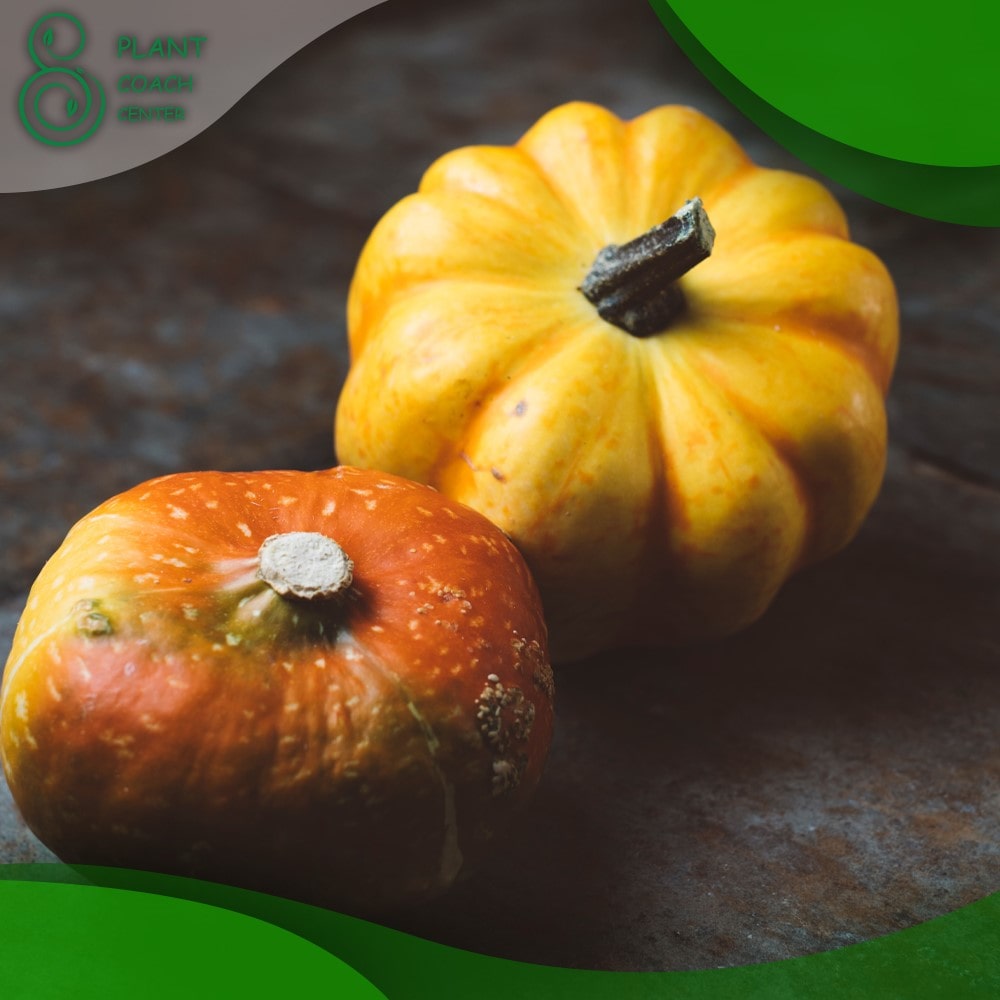When to Plant Acorn Squash
There’s nothing quite like the smell of damp soil, the touch of green leaves, and the sight of tiny buds turning into blooming flowers or succulent fruits. But gardening is not just about watering the plants and waiting for the magic to happen. It is a science and understanding when to plant is pivotal for success. Today, let’s delve into the fascinating world of Acorn Squash and Acorns, and learn about the best time to plant them.
Acorn Squash
When to Plant Acorn Squash
Acorn Squash, a winter squash variety, is loved for its sweet, nutty flavor. It follows a pretty predictable growth cycle from germination, flowering to fruiting, typically maturing in 80 to 100 days. The best time to plant Acorn Squash is after the last spring frost, when the soil has warmed to at least 60°F (15°C). This warmth-loving plant needs well-drained soil, rich in organic matter, and a pH between 6.0 and 7.5 is ideal.
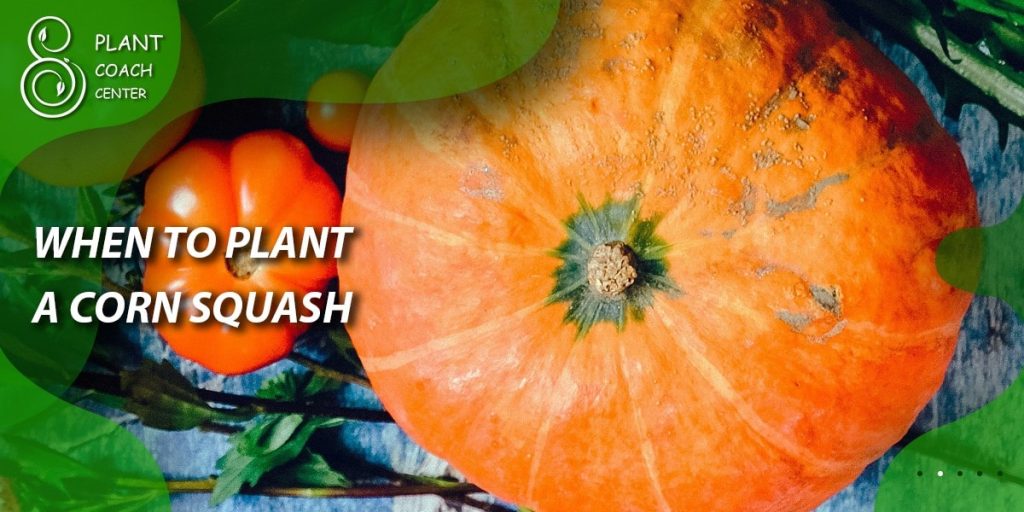
How to Plant Acorn Squash
Begin by preparing the soil. Test the soil pH and amend with lime or sulfur if needed to reach the ideal pH. Add plenty of compost or well-rotted manure to enrich the soil. Now, onto the planting process. Start by making small hills of soil about 1 foot high and 2 feet wide.
Plant 4 to 5 seeds per hill, spacing the hills about 3 feet apart. Once the seedlings emerge and grow a bit, thin them out, leaving the two strongest plants on each hill.
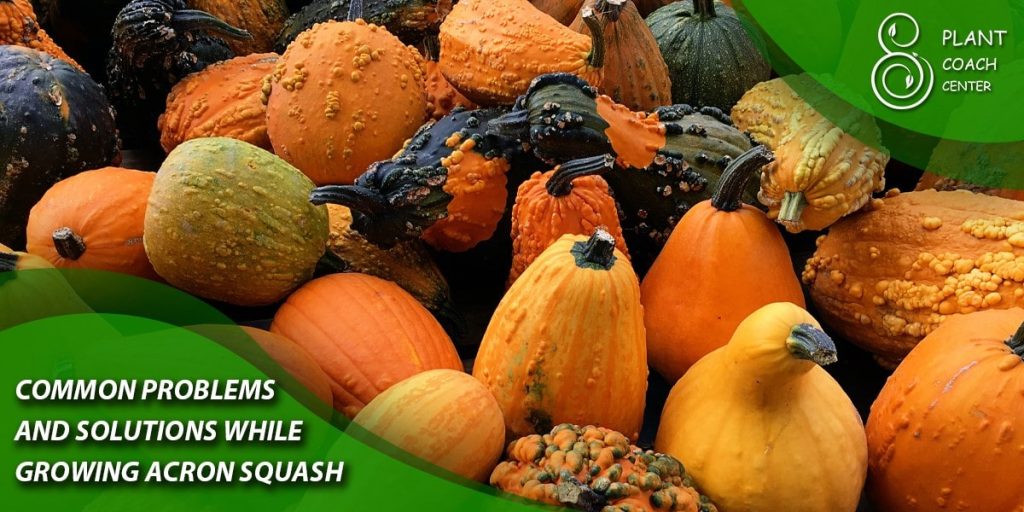
Common Problems and Solutions While Growing Acorn Squash
Like any plant, Acorn Squash has its share of pests and diseases. Squash bugs and cucumber beetles are common pests, and powdery mildew can be a common disease. Regular monitoring, using organic pesticides, and implementing crop rotation can help manage these issues.
Overwatering, insufficient sunlight, and nutrient-deficient soil can also hinder growth. Regular watering without waterlogging the soil, ensuring at least 6 hours of sunlight, and amending the soil with organic matter can help address these issues.
Tips and Tricks for a Healthy Acorn Squash Plant
For a bountiful harvest, provide your Acorn Squash with a balanced vegetable fertilizer when the plants start to vine out. Regularly check for pests and diseases and take quick action to prevent spread. Pruning isn’t necessary for Acorn Squash, but you may remove some leaves to improve air circulation and reduce disease risk. Harvest when the squash’s skin becomes tough and the squash is a deep green color. Store them in a cool, dry place and they can last several months.
Acorns
When to Plant Acorns
Acorns, the nuts of oak trees, can be sown to grow majestic oaks. They have a fascinating life cycle, growing from a tiny nut into a towering oak over many years. Acorns are best sown in the fall, immediately after collection. They require well-drained soil with a pH of 4.5-7.0.
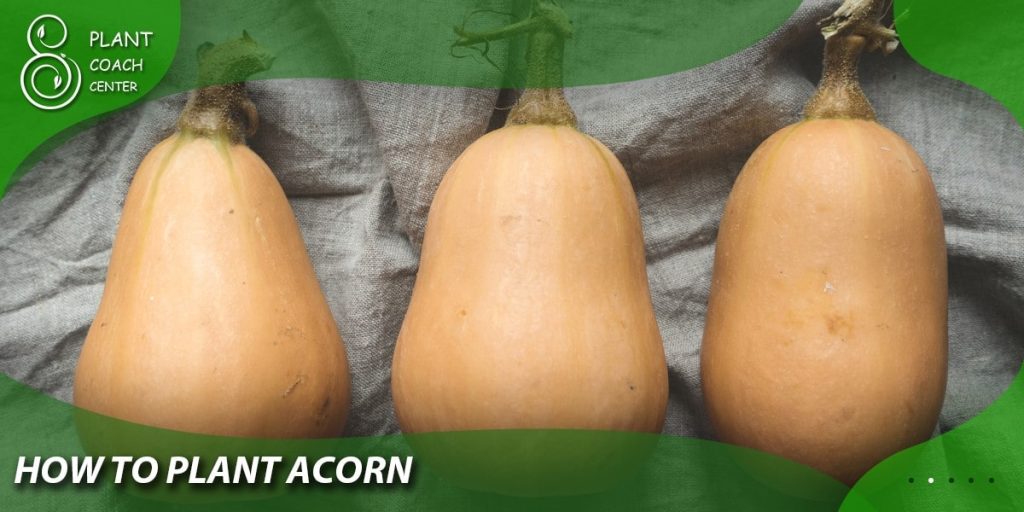
How to Plant Acorns
Preparing the soil for acorns involves testing the soil pH and amending it if necessary. Once the soil is ready, plant the acorns 1-3 inches deep, orienting them with the pointy end down. Space them at least 6-8 feet apart to allow room for growth. Protect the planting site with a wire cage to prevent squirrels and other animals from digging them up.
Common Problems and Solutions While Growing from Acorns
Oak trees can be affected by pests like the gypsy moth and diseases like oak wilt and powdery mildew. Regular monitoring and early treatment can help manage these problems. Overwatering, lack of sunlight, and poor soil conditions can also affect growth. Oaks generally prefer drier conditions, so avoid overwatering. Ensure they receive plenty of sunlight and the soil is well-draining.
Tips and Tricks for Healthy Growth from Acorns
Oak trees are generally low-maintenance and don’t require much feeding, but a slow-release granular fertilizer can be applied in the spring if necessary. Pruning is important for maintaining the tree’s structure and health. Transplant oak seedlings to their permanent location when they are dormant and about 1 foot tall.
Companion Planting for Acorn Squash and Oak Trees
Companion Planting with Acorn Squash
Acorn Squash, like other squash varieties, benefits greatly from companion planting. This practice involves growing certain plants together for mutual benefit, such as enhanced growth or natural pest control.
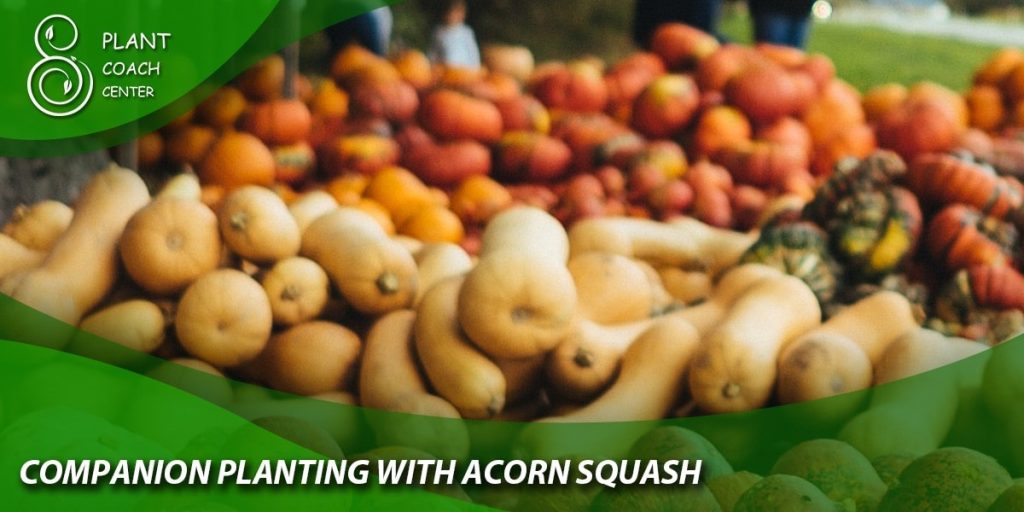
Corn and beans are traditional companion plants for squash in a method known as “Three Sisters Planting.” This ancient technique, developed by Indigenous peoples in North America, combines these three crops in a way that utilizes space efficiently and promotes mutual growth. The corn provides a natural trellis for the beans to climb, the beans fix nitrogen into the soil benefiting the other plants, and the squash’s broad leaves shade the soil, reducing weed growth and retaining moisture.
Marigolds, nasturtiums, and petunias also make excellent companions for Acorn Squash. These flowers can deter pests like squash bugs and beetles with their strong scents. Planting them around the edges of your squash plot can provide a protective, pest-deterrent barrier.
However, avoid planting Acorn Squash near potatoes. Both these plants are heavy feeders and can compete for nutrients, potentially stunting growth.
Companion Planting with Oak Trees
Oak trees, due to their size and longevity, have a different set of companions. Under planting oaks with shade-tolerant, drought-resistant plants can create a dynamic, layered garden that benefits from the tree’s shelter.
Hostas are a popular choice for under planting oaks. Their lush, broad leaves create a beautiful contrast with the tree’s trunk and can thrive in the dappled shade provided by the oak. Similarly, ferns can thrive under oaks, offering a delicate texture contrast to the sturdy oak.
Native shrubs like the rhododendron and azalea can also be excellent companions for oak trees. These shrubs are adapted to the acidic soil conditions often found under oaks and can provide stunning spring blooms that brighten the understory.
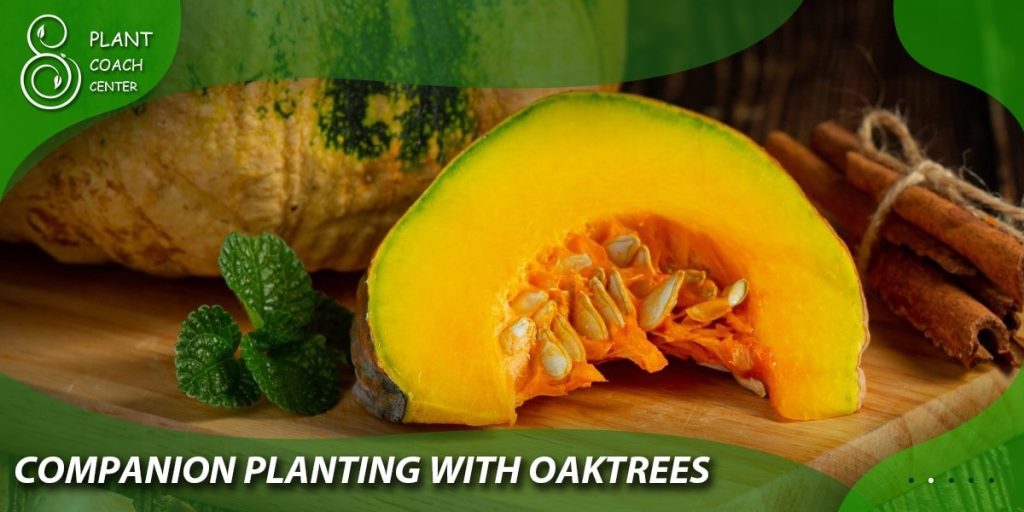
However, it’s essential to remember that young oak trees need plenty of space and nutrients to establish themselves. Overcrowding them with other plants can hinder their growth.
From the small Acorn Squash to the towering oak, companion planting can enhance growth, control pests, and create a more diverse, visually appealing garden. By understanding the needs and benefits of each plant, gardeners can create a harmonious ecosystem that thrives year after year.
Conclusion
Understanding the life cycles of Acorn Squash and Acorns, and knowing the best time to plant them, can greatly increase your success in growing these plants. Happy gardening, and remember, as we at plantcoachcenter.com always say: “A garden is a friend you can visit anytime.”
What is the best season to plant acorn squash?
Acorn squash, being a warm-season crop, should ideally be planted after the last spring frost when soil temperatures reach at least 60°F.
What are some common problems while growing acorn squash and how can we solve them?
Common problems include pests such as squash bugs and cucumber beetles, diseases like powdery mildew, and issues like overwatering, insufficient sunlight, and nutrient-deficient soil.
What are some tips for a healthy acorn squash plant?
Regular feeding with a balanced vegetable fertilizer, monitoring for pests and diseases, and optional leaf pruning for better air circulation can promote a healthy acorn squash plant. Harvest when the squash's skin is tough and the color deep green.
When is the ideal time to plant acorns for oak trees?
The best time to plant acorns is in the fall, immediately after collection.
What are some common issues while growing from acorns?
Common challenges include pests like the gypsy moth, diseases like oak wilt and powdery mildew, and issues like overwatering, lack of sunlight, and poor soil conditions.
What are some tips for healthy growth from acorns?
Oak trees generally require low maintenance. However, occasional feeding with a slow-release granular fertilizer, regular pruning, and timely transplanting can promote healthy growth.


